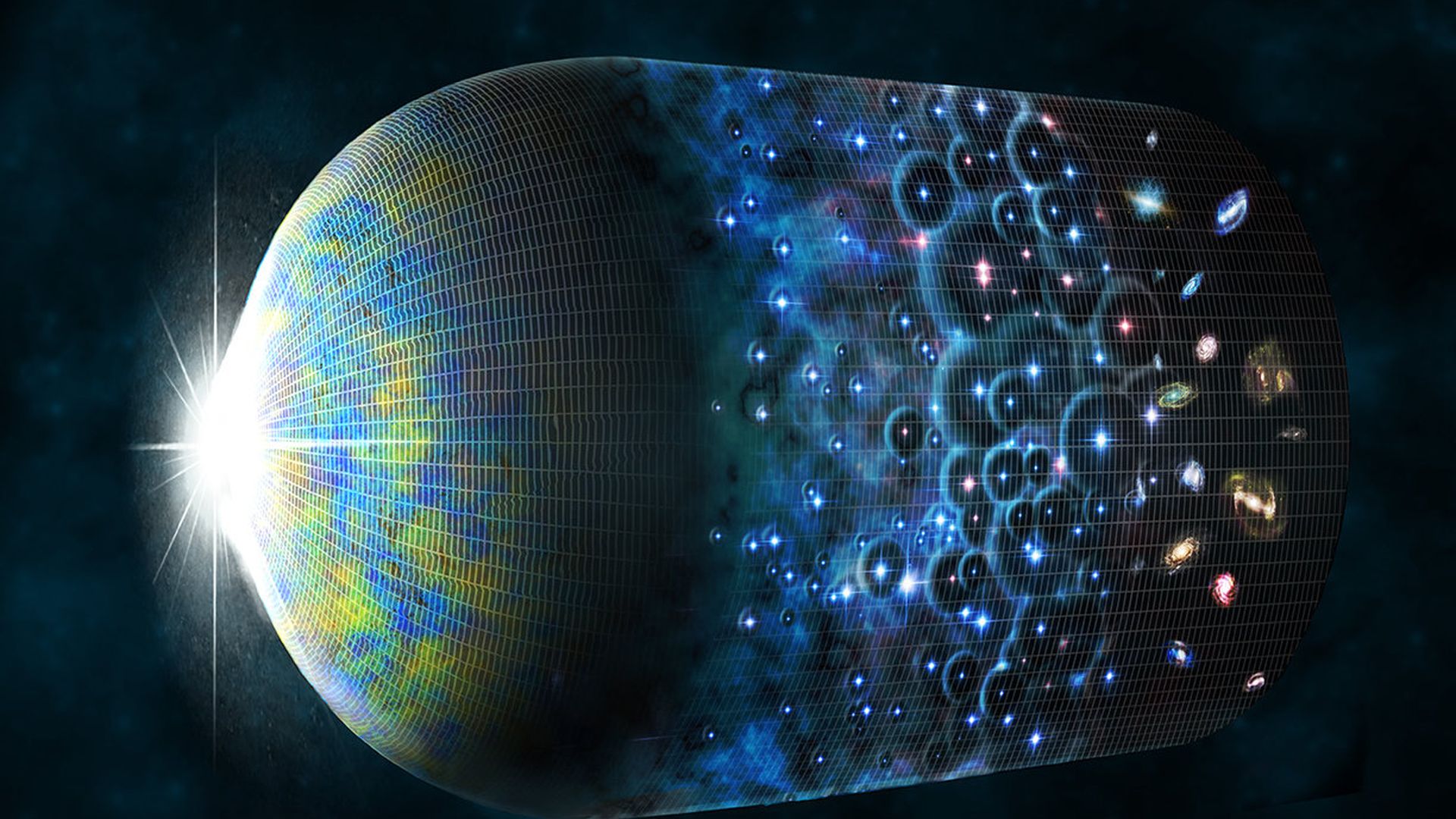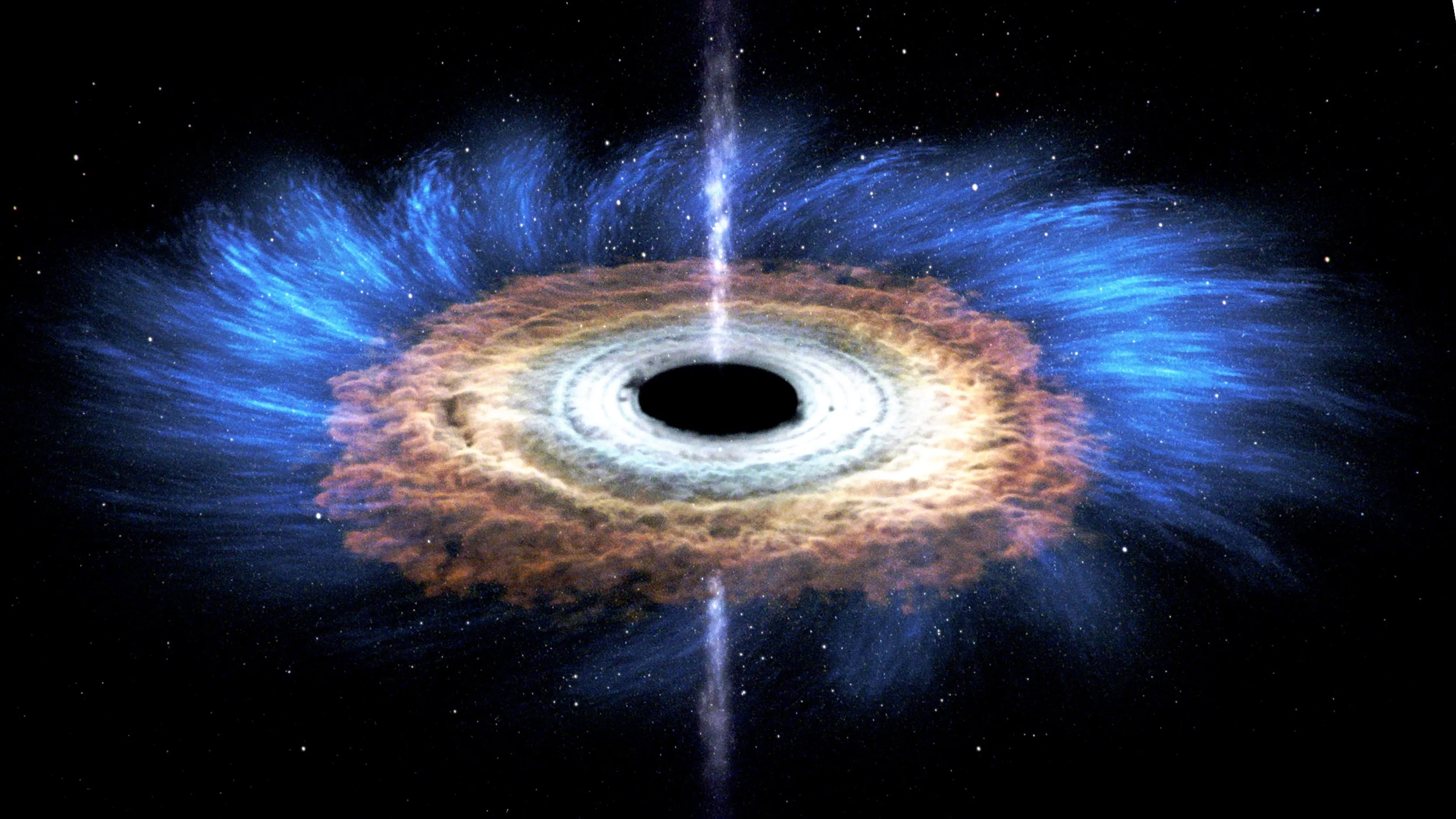Is Humanity About To Accidentally Declare Interstellar War On Alien Civilizations?

If the Breakthrough Starshot initiative, promoted by Stephen Hawking, works exactly as planned, it could lead to disaster.
Imagine yourself on a world not so different from Earth, orbiting a star not so different from our Sun. The temperature and atmosphere are just right for liquid water to exist on the surface, and a mix of oceans and continents ensures that life has had stable, thriving conditions for billions of years. Evolutionary processes increased the complexity and level-of-differentiation of the organisms on this world, too. Through a combination of chance mutations and selection pressures, a species on this world became sentient, conscious, and reached unprecedented levels of dominance over nature.
As their technology advanced, they began to wonder about alien civilizations around other stars. And then, from a distant, faint point of light in their sky, the first attack happened, blowing a hole in their planet at relativistic speeds. It wasn’t a meteor, asteroid, or comet; from across interstellar space, it was humanity.
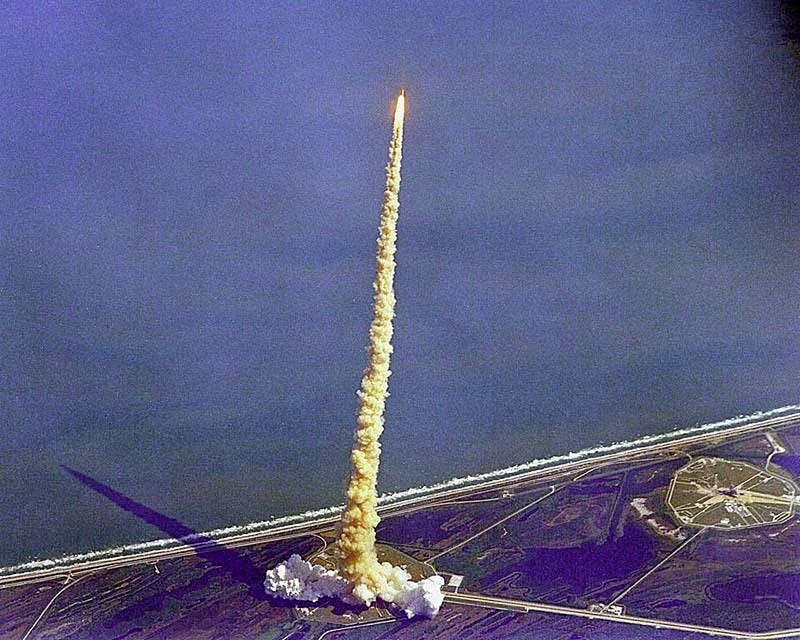
Here on Earth, our dreams of interstellar travel have traditionally fallen into two categories:
- We go slowly, with rocket-propulsion, on a journey taking many human lifetimes.
- We go quickly, assuming we make tremendous scientific advances to travel at relativistic (near-light) speeds.
Even with an uncrewed journey, these two options seemed to be the only ones there are. Either we go as the Voyager spacecrafts go, taking many thousands of years to travel even a single light year, or we develop some new technology capable of accelerating a spacecraft to much, much higher speeds. The first option seems unacceptable; the second seems unrealistic.

But something happened during the 2010s that has the potential to change the game. We’ve actually gone and made a huge technological advance that could impart a large amount of energy to a spacecraft over a reasonably long amount of time, allowing us to (in principle) accelerate it to tremendous speeds.
The big advance? In the science of laser physics. Lasers, now, are both more powerful and more collimated than they’ve ever been, and that means that if we put an enormous array of these high-powered lasers in space, where they don’t have to fight atmospheric dispersion, they could shine on a single target for a long time, imparting energy and momentum to it until it reached more than 10% the speed of light.
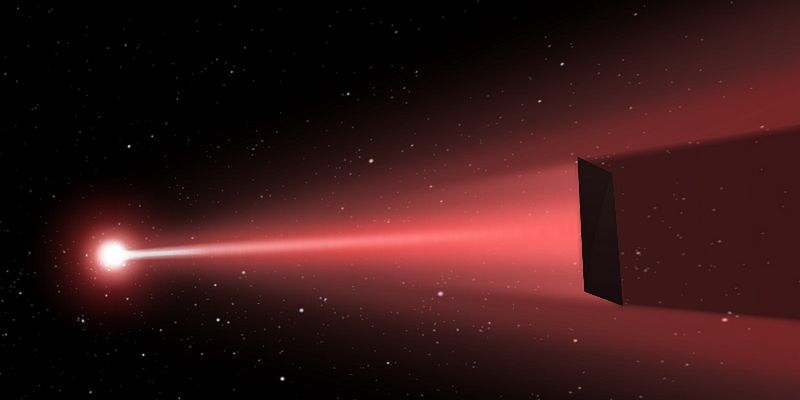
In 2015, a team of scientists wrote a white paper on how an advanced laser array could combine with the solar sail concept to create a “laser sail”-based spacecraft. In theory, we could use current technology and extraordinarily low-mass spaceships (i.e., “starchips”) to reach the nearest stars in a single human lifetime.
The idea is simple: shoot this high-powered laser array at a highly reflective target, attach a very small and low-mass micro-satellite to the sail, and accelerate it to the maximum speed possible. The ideas of solar sails are old, and have been around since the time of Kepler. But to use a laser sail would be a real revolution.
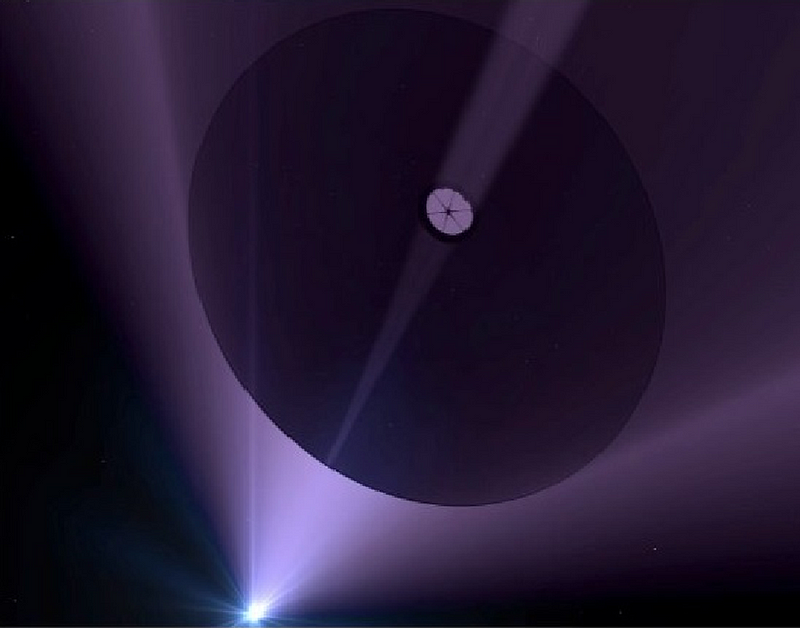
The advantages of this setup to all others are incredible:
- The majority of power/energy used for this doesn’t come from one-time-only use rocket fuel, but rather from lasers, which can be recharged.
- The masses of the starchip spaceships are incredibly low, and so can be accelerated to very fast (close to the speed-of-light) speeds.
- And with the advent of miniaturization in electronics and ultra-strong, lightweight materials, we can actually create usable devices and send them light years away.
The idea isn’t new, but the advent of new technology — both currently available and expected to be available in the next two or three decades — makes this a seemingly realistic possibility.
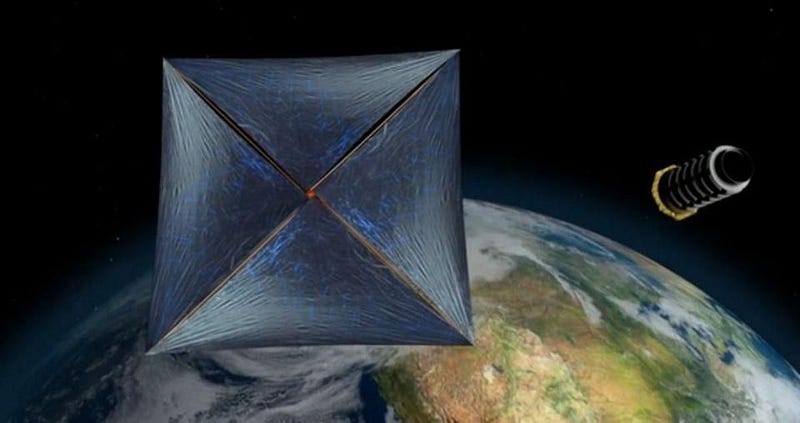
So let’s say we get it right. We develop the right material to reflect enough of the laser light that it doesn’t incinerate the sail. We collimate the lasers well-enough and build a large-enough array to accelerate these starchip spacecrafts to their designed speeds of 20% the speed of light: ~60,000 km/s. And then we aim them at a planet around a potentially habitable star, such as Alpha Centauri A or Tau Ceti.
Perhaps we’ll send an array of starchips to the same system, hoping to probe these systems and gain more information. After all, the main science goal, as it’s been proposed, is to simply take data during arrival and transmit it back. But there are three huge problems with this plan, and combined, they could be tantamount to a declaration of interstellar war.
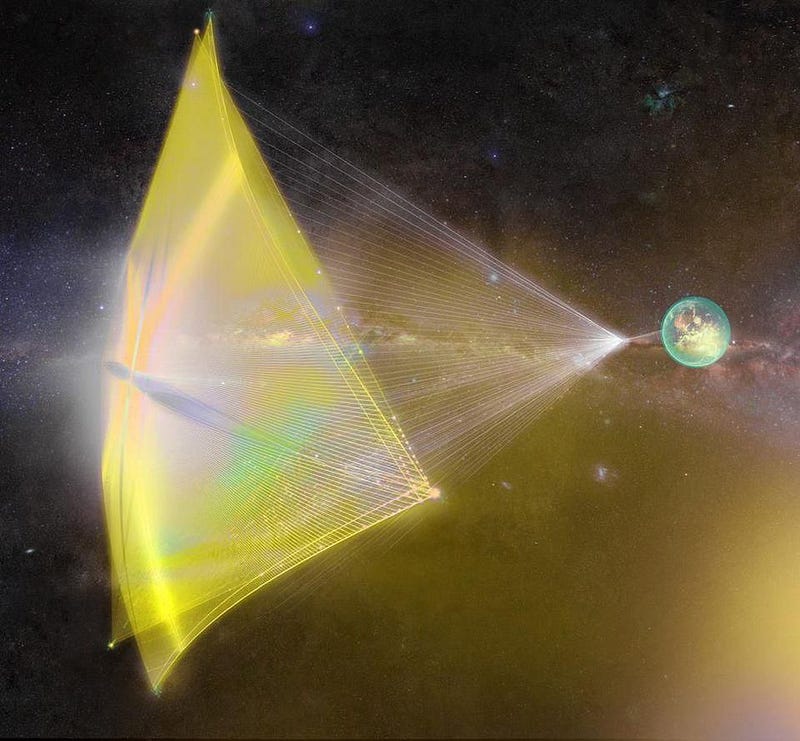
The first problem is that interstellar space is full of particles, most of which move relatively slowly (at a few hundred km/s) through the galaxy. When they strike this spacecraft, they’ll blow holes into it, rendering it into cosmic swiss-cheese in short order.
The second is that there’s no reasonable deceleration mechanism. When these spacecrafts arrive at their destination, they’ll still be moving at roughly the speeds they took off at. There’s no stopping to take data or a gentle orbital insertion. They move at the speeds they move at.
And the third is that aiming to the level-of-precision needed to pass close to (but not collide with) a target planet is virtually impossible. The “cone of uncertainty” for any trajectory will include the planet we’re aiming for.

What happens when we hit an inhabited planet? What will it look like?
60,000 km/s is thousands of times faster than any spacecraft we’ve ever made to re-enter our atmosphere. It’s about 1,000 times faster than the fastest meteors our Solar System produces. It would take just a few thousandths of a second for this chip to pass through the entire atmosphere: from space to the surface. At thousands of times lower speeds, after all, only the most advanced heat shields ever have survived re-entry into our own atmosphere.
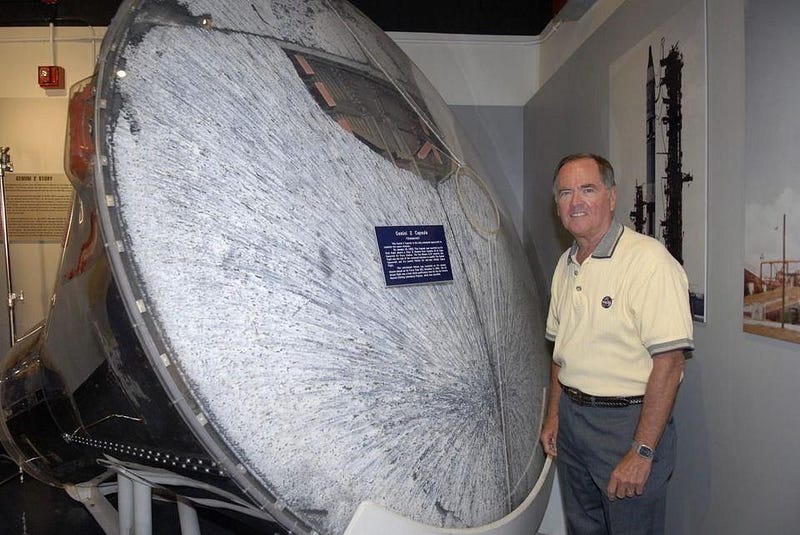
But speed and energy are related in a way that makes the situation very bad. If you double the speed, it has four times the energy; kinetic energy is proportional to speed squared. A giant rock weighing 1,000,000 kg that strikes a planet going at 60 km/s will do some damage, but a rock weighing just 1 kg that goes at 60,000 km/s will impart the same amount of energy in a collision.
Even if we make this mass tiny, it’s still going to cause some damage. A planet getting hit by a ~1 gram spacecraft moving at 60,000 km/s is going to experience the same level of catastrophic effects as a planet getting hit by a ~1 tonne asteroid moving at ~60 km/s, the equivalent of which happens on Earth just once per decade. Each strike would hit their world with the same energy that the Chelyabinsk meteorite struck Earth: the most energetic collision of the decade.

If you were an alien on this world that got struck by these relativistic masses, what would you conclude? You’d know that these were too massive and too fast-moving to be created naturally; they were made by an intelligent civilization. You’d know that you were being intentionally targeted; space is too vast for these to strike you by random chance. And — worst of all — you’d assume this civilization had a malicious intent. No benevolent aliens would launch something so recklessly and carelessly given the damage it would cause. If we’re smart enough to send a spacecraft across the galaxy to another star, surely we can be wise enough to reckon the disastrous consequences of doing so.
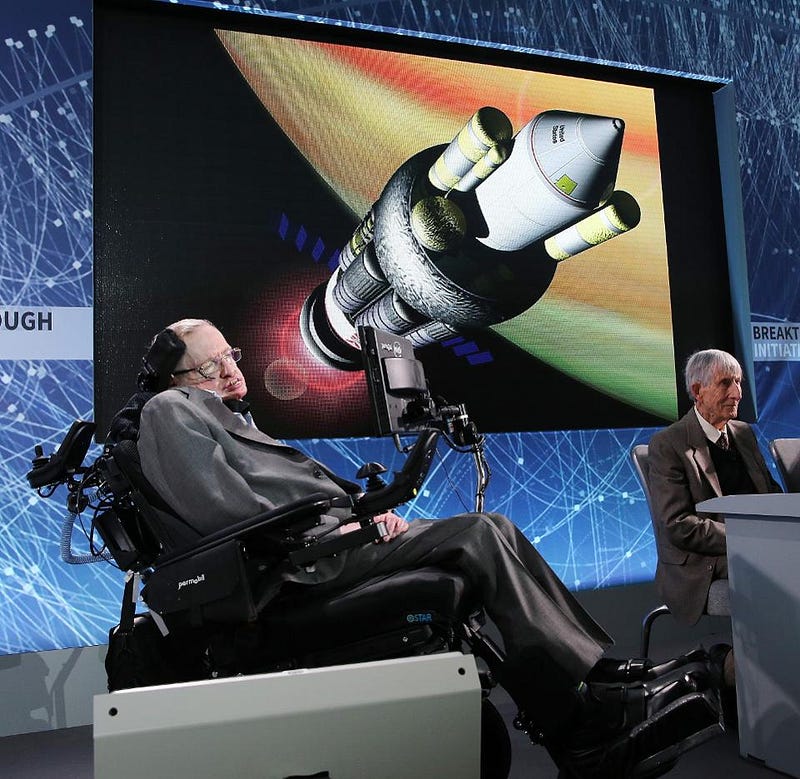
Stephen Hawking famously warned:
If aliens visit us, the outcome would be much as when Columbus landed in America, which didn’t turn out well for the Native Americans.
Yet, unless we bother to consider the consequences of our interstellar ambitions and the technology we have to realize them, we’ll be the ones firing the first shots, perhaps ever, from one inhabited planet to another. That he himself was the most prominent advocate of the Breakthrough Starshot represents a great cosmic inconsistency. The advocate of caution when it comes to alien contact had no problem advocating for the launch of an interstellar weapon.
https://www.forbes.com/pictures/57111794e4b045e86b219135/behind-stephen-hawkings-b/
This is not the wild, wild west. It is the final frontier. As we take our first steps into the cosmic ocean, there will surely be stumbles. But we must ensure they are stumbles of innocence, free of malice. To proceed down a reckless, dangerous path without caution is known as negligence. If we are violently negligent to a species thousands of years more technologically advanced than we are, it could mean more than a slap on the wrist. It could be the first shot fired in a catastrophic interstellar war.
Ethan Siegel is the author of Beyond the Galaxy and Treknology. You can pre-order his third book, currently in development: the Encyclopaedia Cosmologica.



